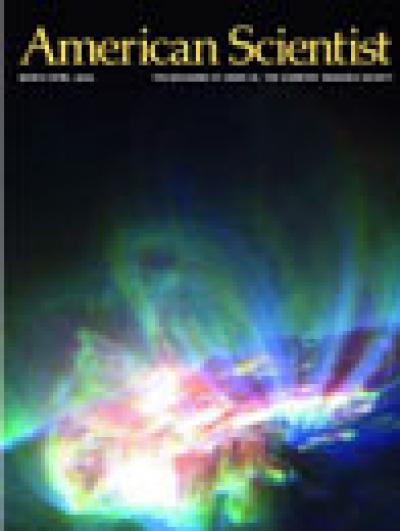Magazine
March-April 2000

March-April 2000
Volume: 88 Number: 2
On April 25, 1998, the Transition Region and Coronal Explorer satellite captured this dramatic view of a 370,000-kilometer-wide solar prominence in ultraviolet light of three wavelengths: 171, 195 and 284 angstroms (shown, respectively, by blue, green and red colors). The huge luminous arches mark where concentrations of hot, ionized gas jut from the sun's surface. In "Stimulating Solar Prominences in the Laboratory," Paul M. Bellan describes his efforts to understand the nature of such gargantuan structures by studying miniature analogues to them. (Image courtesy of NASA and the Lockheed Martin Solar and Astrophysics Laboratory.)
In This Issue
- Astronomy
- Biology
- Communications
- Computer
- Engineering
- Evolution
- Mathematics
- Medicine
- Physics
- Psychology
- Technology
Tracking Down a Cheating Gene
Barry Ganetzky
Evolution
Some genes will play dirty to gain a selective advantage
What Do Animals Think About Numbers?
Marc Hauser
Psychology
Many animals have basic numerical abilities, but some experiences can transform their minds and ultimately change how they think about numbers
Simulating Solar Prominences in the Laboratory
Paul Bellan
Physics
The techniques used to advance fusion research can be fruitfully applied to some basic problems in astrophysics
Electroshock Revisited
Max Fink
Medicine Psychology
Electroconvulsive therapy, once vilified, is slowly receiving greater interest and use in the treatment of mental illness
